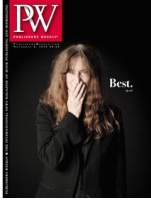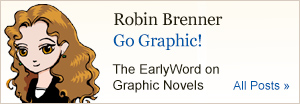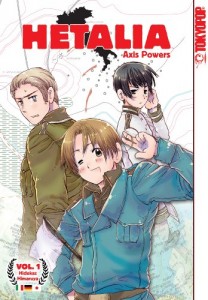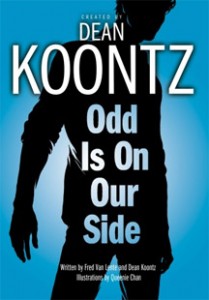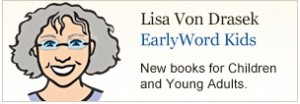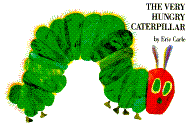November 9th, 2010 By: Nora Rawlinson
The Value of $5
Unfortunately, Depression era stories have particular resonance right now. A philanthropist from Canton, Ohio, gave away money anonymously, usually in the form of just $5, to those in need in the 1930’s.
On Friday, many of the living recipients of those gifts, gathered to talk about what those small gifts meant to them, reports the NYT. They were brought together by the donor’s grandson, Ted Gup, who discovered their letters in an old suitcase. Gup, a journalist, also used the letters as a basis of a book.
Most libraries own the hardcover; few have ordered the audio or the large type versions.
 |
|
Large Print; Center Point; 9781602859258; 12/01/10
Random House Audio; 9780307578037; 11/09/10






